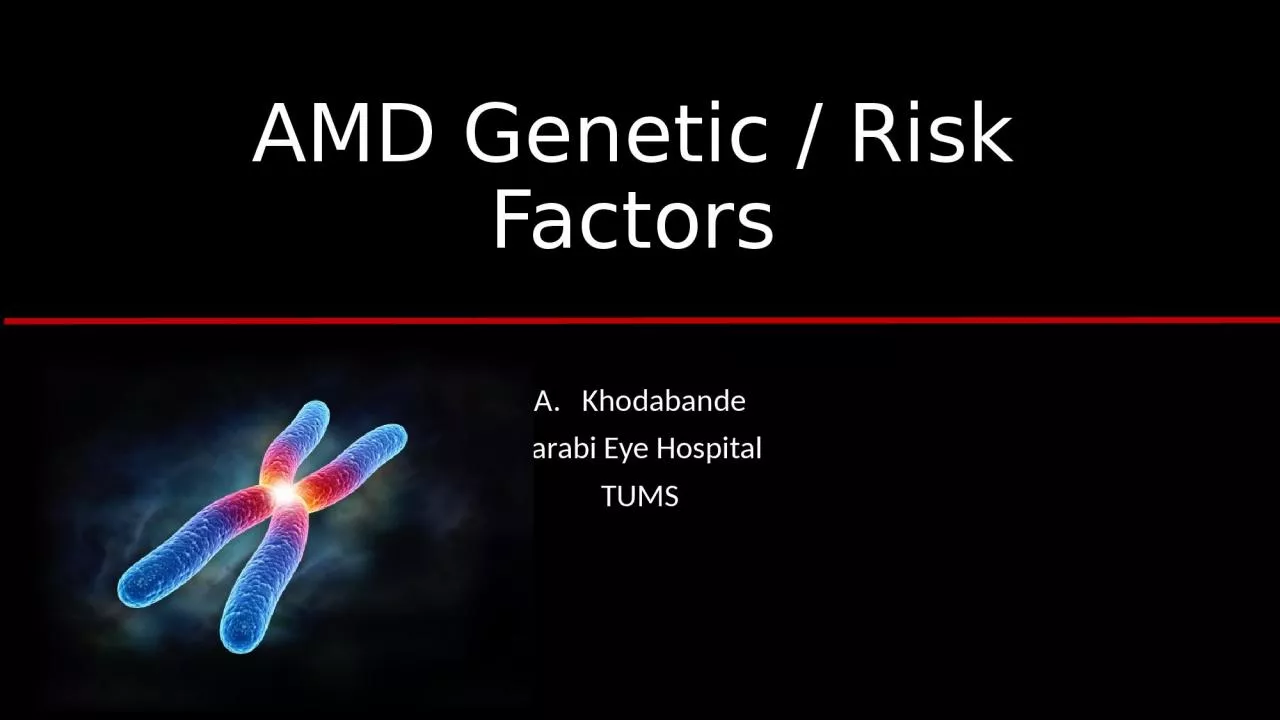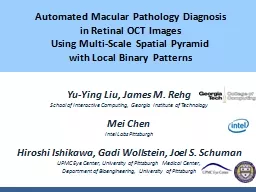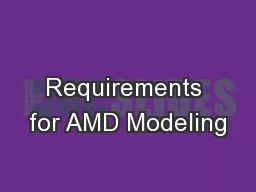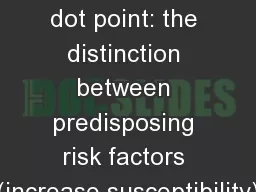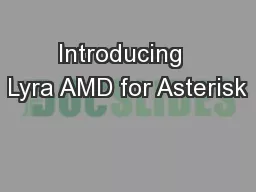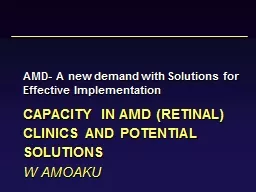PPT-AMD Genetic / Risk Factors
Author : PrincessPeach | Published Date : 2022-08-02
Khodabande Farabi Eye Hospital TUMS Modifiable RFs Genetic bases Genetic testing to do or not to do Risk Score Risk Factors Development Progression NonModifiable
Presentation Embed Code
Download Presentation
Download Presentation The PPT/PDF document "AMD Genetic / Risk Factors" is the property of its rightful owner. Permission is granted to download and print the materials on this website for personal, non-commercial use only, and to display it on your personal computer provided you do not modify the materials and that you retain all copyright notices contained in the materials. By downloading content from our website, you accept the terms of this agreement.
AMD Genetic / Risk Factors: Transcript
Download Rules Of Document
"AMD Genetic / Risk Factors"The content belongs to its owner. You may download and print it for personal use, without modification, and keep all copyright notices. By downloading, you agree to these terms.
Related Documents

